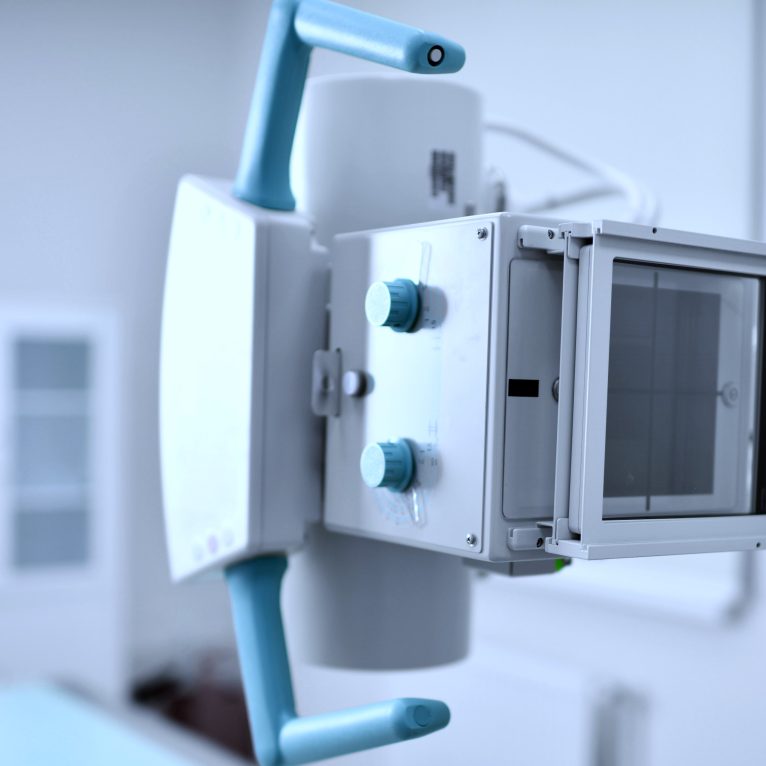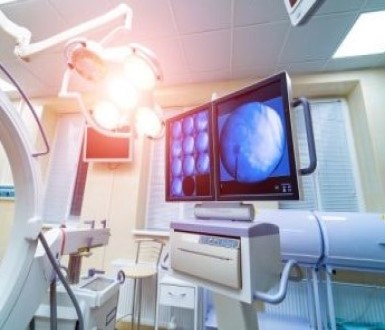Breast Imaging Market Falls 15% due to COVID-19 Pandemic


Bhvita Jani
Published: November 2, 2021 In The News
02nd November 2021 – Written by Bhvita Jani – Featured on AuntMinnie Europe – The rising global incidence of breast cancer, coupled with the severe backlog of women requiring breast cancer screening appointments due to COVId-19, has reinforced the importance of women’s health and early detection of cancer.
According to the World Health Organization (WHO), breast cancer has surpassed lung cancer as the most diagnosed cancer worldwide, with an estimated 2.3 million new cases and equating to 11.7% of all new cancers in 2020.
You may also like


